
Flip Image
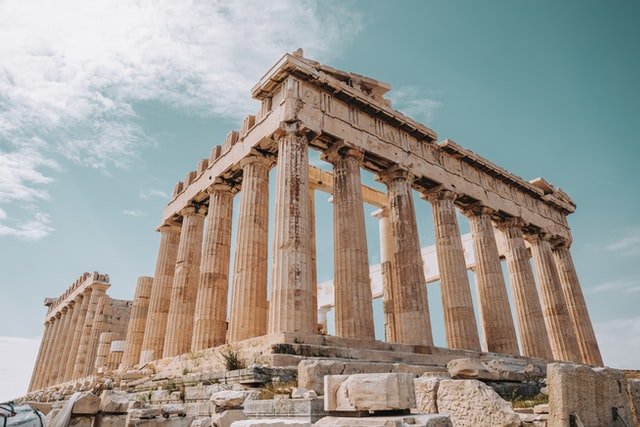
Flipping an image can add a touch of creativity and visual interest to your designs. Whether you want to create a mirror effect, produce symmetrical compositions, or experiment with unique visual effects, flipping images can be a powerful technique. In this article, we explore the concept of flipping images, its significance in design, and how it enhances visual effects.
Understanding Image Flipping
Image flipping involves mirroring an image along a specified axis. This process creates a reflection of the original image, either horizontally or vertically, resulting in a flipped version. Horizontal flipping flips the image along a vertical axis, while vertical flipping flips the image along a horizontal axis. Flipping an image does not alter its content but rather changes its orientation or direction.
Creating Artistic Reflections
Image flipping can be a powerful tool for creating artistic reflections. By flipping an image vertically and overlaying it on top of the original, you can create a reflective surface effect that mimics the appearance of water or a mirrored surface. This technique is widely used in digital art, photo manipulation, and creative visual projects to add a touch of surrealism and intrigue.
The use of Image Flipping
a) Creating Mirror Effects: Flipping an image horizontally or vertically can create mirror effects that add a sense of symmetry and balance to your designs. This technique is particularly useful when working with visual elements that benefit from reflection, such as logos, typography, or product shots. By mirroring the image, you can produce a mirrored version that amplifies visual impact and grabs attention.
b) Enhancing Composition: Flipping images can help you achieve unique and captivating compositions. By flipping and combining multiple images, you can create visually striking collages or create the illusion of symmetry. Flipping an image can also provide a fresh perspective, allowing you to experiment with unconventional layouts and visual storytelling.
c) Visual Effects and Illusions: Flipping an image can be a tool for creating intriguing visual effects and illusions. For example, flipping an image vertically can make objects appear to be floating or suspended in mid-air. This technique can be used to evoke a sense of mystery, and surrealism, or even simulate gravity-defying scenarios.
How Can You Moderate This Tool?
At first, you need to choose an image from the device or load an image from the internet with a load URL.
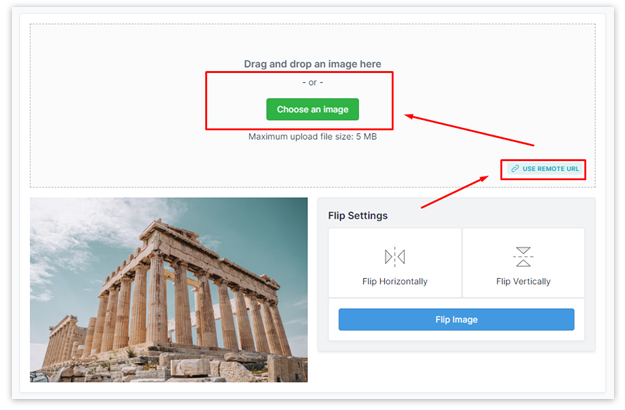
Then you will find the Flip Setting option below. There are two types of flip options. They are: flip horizontally and flip vertically.
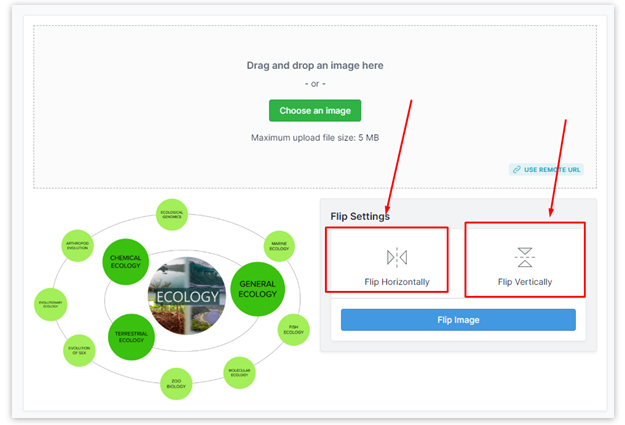
Select as you wish and click the Flip Image option.
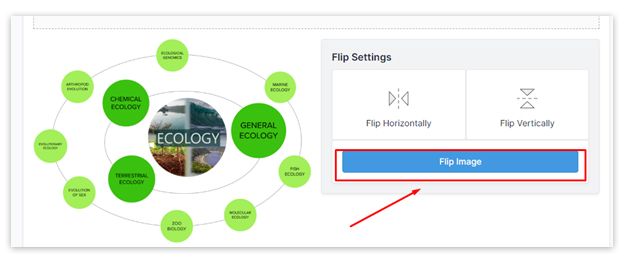
After clicking your desired image will be ready to use like this.
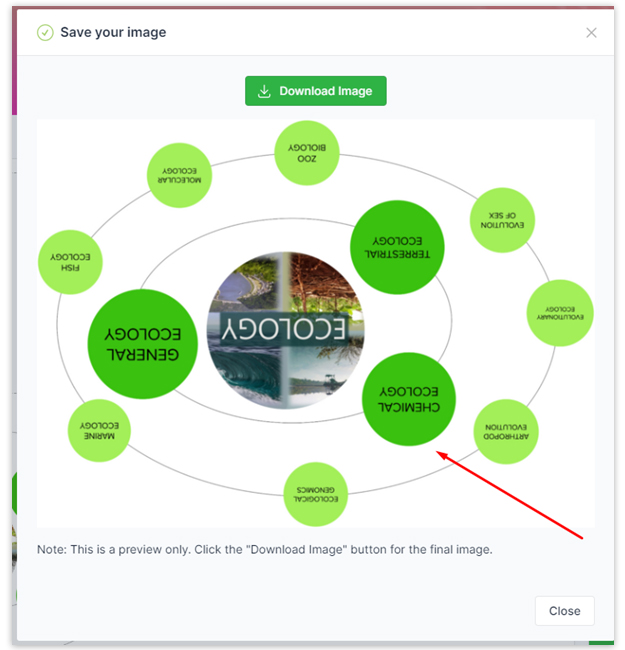
Then click the download button and save your file on your device.
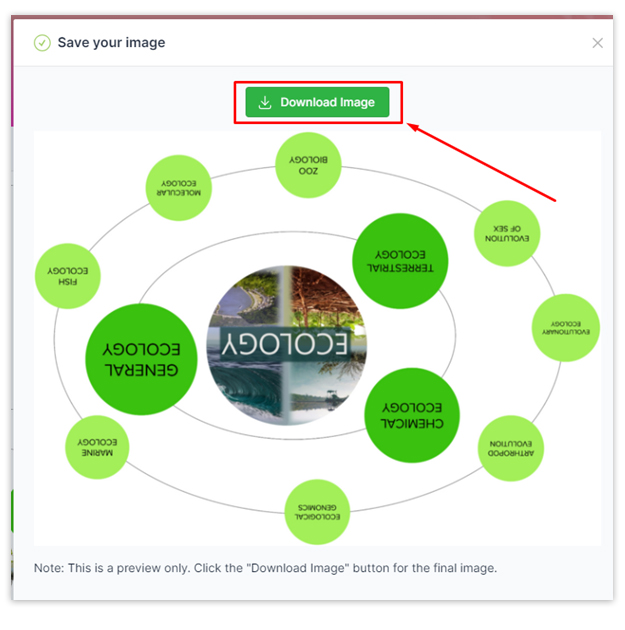
I hope you will use this tool easily.
Implementing Image Flipping
Implementing image flipping can be accomplished using a variety of software tools and image editing applications. Graphics editors like Adobe Photoshop, GIMP, or online image editing platforms provide easy-to-use features for flipping images. These tools allow you to select an image, choose the desired flipping axis, and instantly generate the flipped version of the image.
Flipping Images for Product Presentations
Image flipping can be particularly useful in product presentations and e-commerce. By showcasing products from different angles or perspectives, you can provide a more comprehensive view to potential customers. Flipping images horizontally or vertically allows you to present products from multiple orientations, helping customers visualize the product's appearance and features more effectively.
Flipping Images for Typography Design
Typography design can greatly benefit from image flipping. By creating mirrored versions of letters or words, you can achieve visually intriguing effects that add depth and complexity to the design. Experiment with flipping individual letters or whole words to create captivating typographic compositions that catch the eye and convey a unique visual message.
Conclusion
Flipping images can be a valuable technique for enhancing visual effects, creating mirror effects, and achieving captivating compositions. By exploring the concept of image flipping and leveraging software tools, you can incorporate flipped images into your designs to add visual interest, balance, and creativity. Embrace the power of image flipping and unleash your imagination to create stunning visual experiences.











